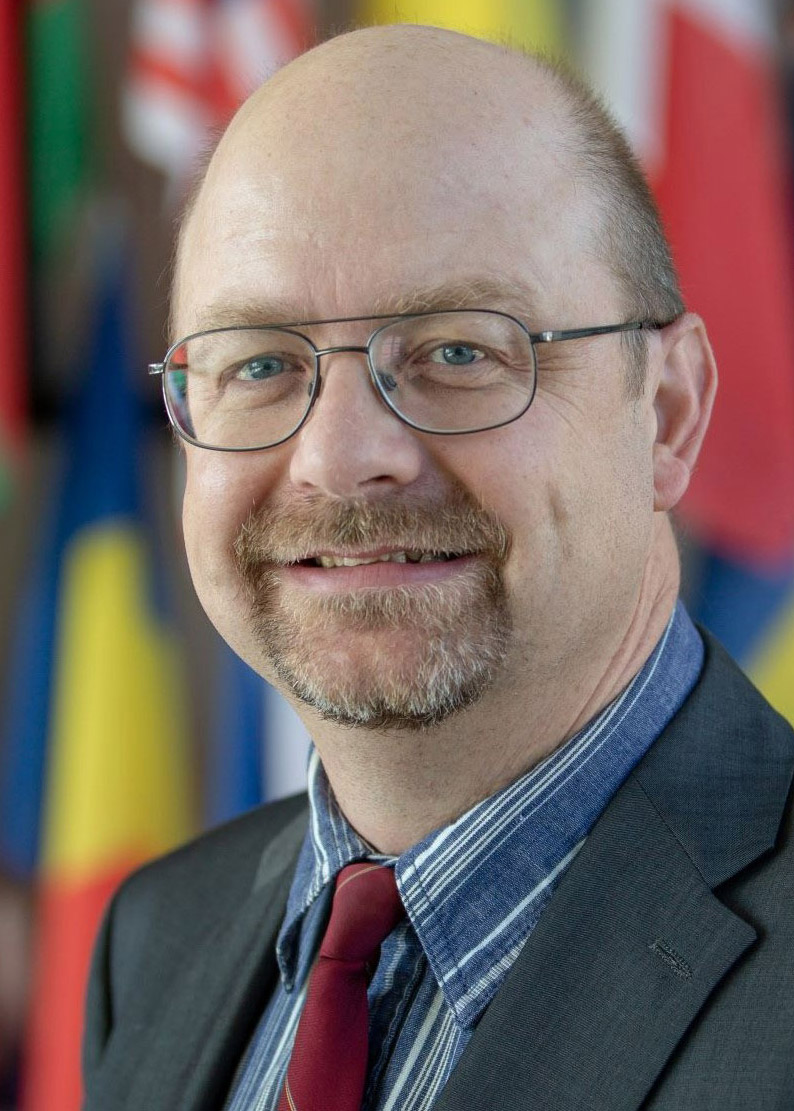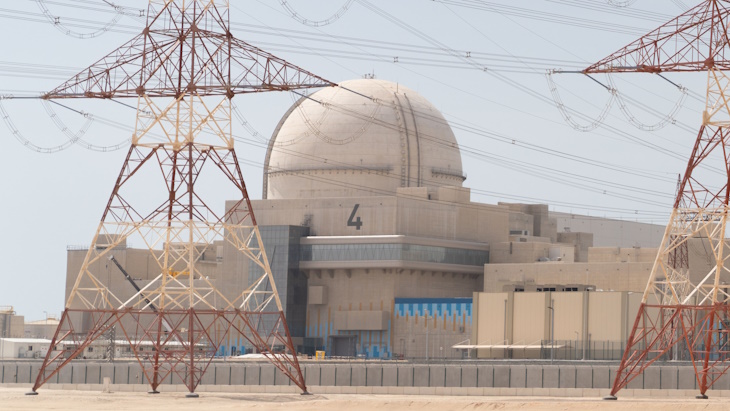March 18, 1925–December 26, 2023

Joseph M. Hendrie
To those of us who knew Joe, even prior to his appointment as chair of the Nuclear Regulatory Commission, it is an understatement to say that he was a larger-than-life member of the nuclear science and technology enterprise. He was best known to the broader community for two major accomplishments: the design and construction of the High Flux Beam Reactor (HFBR) at Brookhaven National Laboratory and the creation of the standard review plan (SRP) for the U.S. Atomic Energy Commission.
In addition to the products of these endeavors becoming major fundaments to their respective communities, they were uniquely Joe. The safety analysis report for the HFBR was written essentially single-handedly by him. This was true of the SRP as well, which became the key safety review document for the NRC as it performed safety reviews for the growing number of power reactor applications in the United States. His deep technical knowledge of nuclear engineering and his extraordinary management skills made this possible.
SRS successfully made the first transfer of decontaminated salt solution directly from one waste processing facility to the other, bypassing a hold tank previously used in the transfer process. (Photo: DOE)
The Department of Energy Office of Environmental Management’s liquid waste contractor at the Savannah River Site this month marked the first direct transfer of decontaminated waste from the Salt Waste Processing Facility (SWPF) to the Saltstone Production Facility (SPF). This is a new step in optimizing waste processing, according to the DOE.
Irradiation of test fuel at SCK-CEN's BR2 reactor in Belgium. (Photos: KAERI)
The Korea Atomic Energy Research Institute has developed a high-density uranium silicide fuel designed to replace high-enriched uranium in research reactors. Recent irradiation tests appear to be successful, KAERI reports, which means the fuel could be commercialized to continue a key global nuclear nonproliferation effort—converting research reactors to run on low-enriched uranium fuel.
The Palisades nuclear power plant in Covert Township, Mich.
The Department of Energy’s Loan Programs Office (LPO) today announced a conditional commitment of up to $1.52 billion for a loan guarantee to Holtec Palisades LLC to finance the restoration and resumption of service of the 800-MWe Palisades nuclear power plant in Covert Township, Mich.
Nuclear Science and Technology professionals share thoughts on repowering Palisades nuclear power plant
WASHINGTON, D.C. — The American Nuclear Society (ANS), a nonprofit representing over 10,000 professionals in the fields of nuclear science and technology, issued the following statements regarding today’s announcement of a $1.5 billion loan guarantee from the U.S. Department of Energy (DOE) for repowering the shuttered Palisades nuclear power plant in Covert Township, Michigan.
Unit 4 at the Barakah nuclear power plant. (Photo: Nawah Energy Company)
The fourth nuclear unit at Barakah power plant in the United Arab Emirates has been “safely and successfully” connected to the nation’s grid, according to an announcement by the Emirates Nuclear Energy Corporation. ENEC announced the start-up of the 1,400-MWe pressurized water reactor earlier this month. Nawah Energy Company, ENEC’s operating and maintenance subsidiary, runs the facility.
Scott Forney (left), president of General Atomics Electromagnetic Systems and Mohamed Al Hammadi, managing director and CEO of ENEC. (Photo: General Atomics)
General Atomics announced last week that it will work with the Emirates Nuclear Energy Corporation to help find opportunities to support the United Arab Emirates.
Representatives from both companies signed a memorandum of understanding at the CERAWeek conference in Houston, Texas. The ENEC will work closest with General Atomics’ GA-EMS team, which develops new technologies and aims to deliver breakthrough solutions supporting environments from undersea to space.
Aerial photo of Warsaw city center in Poland.
The development of nuclear power is one of the pillars of Poland’s energy transition, which involves construction of safe and modern Generation III+ pressurized water reactors.
Polskie Elektrownie Ja˛drowe (PEJ) is the company responsible for, among other things, preparing the investment process for the construction of the first Polish nuclear power plant with a capacity of up to 3,750 MWe. PEJ’s goal is to build six nuclear reactors (for a total capacity of 6–9 GWe), securing 25 percent of the electricity needed in Poland by 2043 and guaranteeing a stable supply of clean energy to millions of homes across the country.











.jpg)



